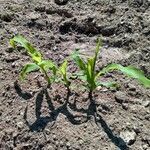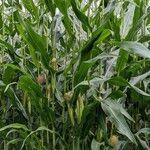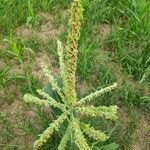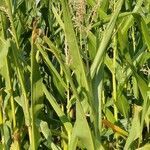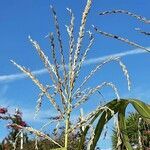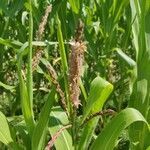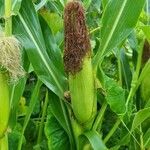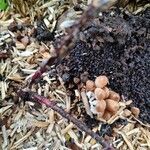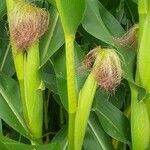| Therapeutic use
|
Antineoplastic agents (fruit), Antiviral agents (fruit), Ceremonial Medicine (leaf), Diuretics (plant fibers), Nephritis (plant fibers), Prostatitis (plant fibers), Urethritis (plant fibers), Urologic diseases (plant fibers), Anti-inflammatory agents (seed), Astringents (seed), Diet, food, and nutrition (seed), Inflammatory bowel diseases (seed), Dermatological Aid (unspecified), Kidney Aid (unspecified), Pulmonary Aid (unspecified), Panacea (unspecified), Ceremonial Medicine (unspecified), Throat Aid (unspecified), Analgesic (unspecified), Gynecological Aid (unspecified), Heart Medicine (unspecified), Pediatric Aid (unspecified), Amenorrhea (unspecified), Anodyne (unspecified), Antidote(Iodine) (unspecified), Antiseptic (unspecified), Astringent (unspecified), Cardiac (unspecified), Corn (unspecified), Cyanogenetic (unspecified), Cystitis (unspecified), Demulcent (unspecified), Diabetes (unspecified), Diuretic (unspecified), Dropsy (unspecified), Dysmenorrhea (unspecified), Flu (unspecified), Gout (unspecified), Gum (unspecified), Hepatitis (unspecified), Hypertension (unspecified), Intoxicant (unspecified), Liqueur (unspecified), Litholytic (unspecified), Lithontriptic (unspecified), Menorrhagia (unspecified), Nephritis (unspecified), Oliguria (unspecified), Pneumonia (unspecified), Prostatitis (unspecified), Renitis (unspecified), Rheumatism (unspecified), Soap (unspecified), Stimulant (unspecified), Ache(Stomach) (unspecified), Stomachic (unspecified), Stone (unspecified), Tumor (unspecified), Urogenital (unspecified), Alexiteric (unspecified), Antidote(Bromine) (unspecified), Alterative (unspecified), Dysentery (unspecified), Gravel (unspecified), Inflammation (unspecified), Strangury (unspecified), Wart (unspecified), Bright's Disease (unspecified), Excipient (unspecified), Metritis (unspecified), Shampoo (unspecified), Anorexia (unspecified), Appetite stimulants (unspecified), Asthenia (unspecified), Diuretics (unspecified), Emaciation (unspecified), Hemorrhage (unspecified), Urination disorders (unspecified)
|
